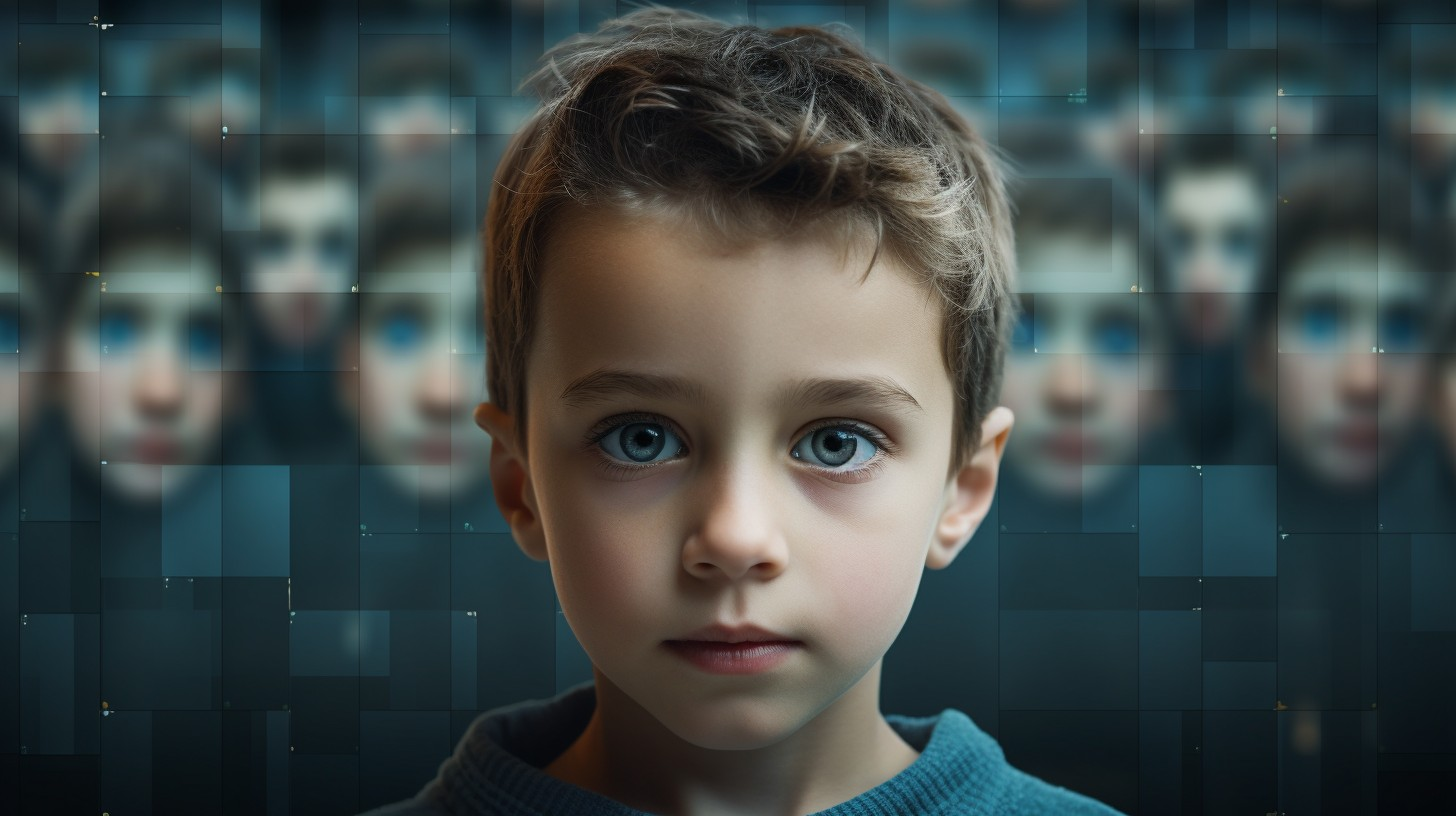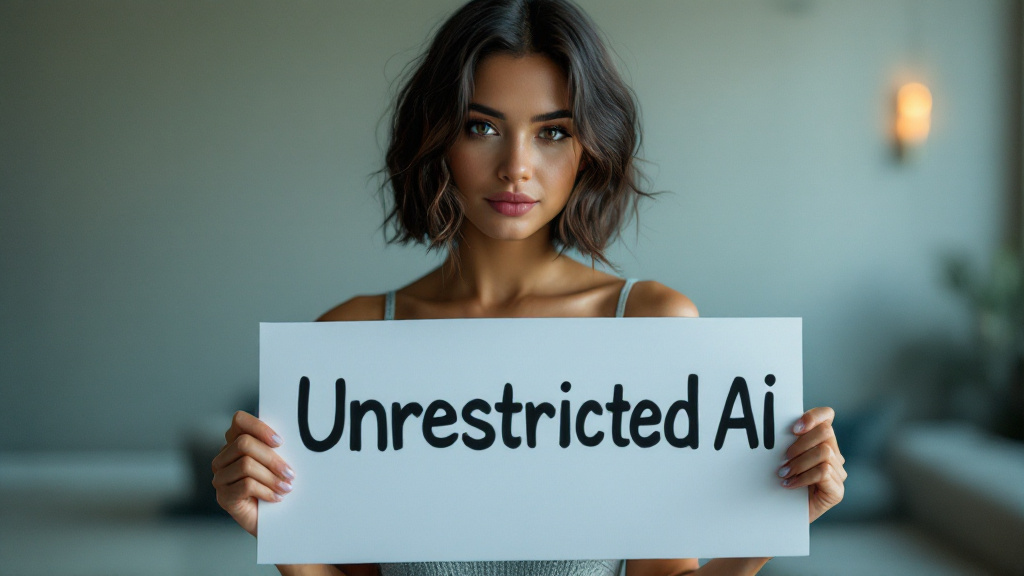In the age of artificial intelligence (AI), where image manipulation tools can create eerily realistic deepfakes, the protection of children from exploitation is a paramount concern. But can AI image generators be effectively policed to prevent the proliferation of explicit deepfakes involving minors? Let’s delve into this pressing issue.
Recent advancements in AI technology have made it easier than ever to create convincing deepfake videos and images. While these tools have legitimate uses in fields like entertainment and digital art, they also pose a significant risk when misused to produce explicit content involving children.

The proliferation of deepfakes depicting minors in explicit scenarios has raised alarm bells among policymakers, law enforcement agencies, and child protection advocates. Not only do these deepfakes violate the rights and dignity of the children involved, but they also perpetuate harmful narratives and contribute to the online exploitation of minors.
Efforts to combat the spread of explicit deepfakes involving children face several challenges. One of the primary challenges is the rapid evolution of AI technology, which makes it difficult for traditional detection methods to keep pace. As AI image generators become more sophisticated, so too do the deepfakes they produce, making it harder to distinguish between real and fake content.
Moreover, the decentralized nature of the internet and the anonymity afforded by online platforms make it challenging to identify and hold perpetrators accountable for creating and disseminating explicit deepfakes. This lack of accountability creates a breeding ground for malicious actors to exploit vulnerable individuals, including children, for their own gain.
However, there is hope on the horizon. Researchers and technologists are actively developing AI-driven solutions to detect and mitigate the spread of explicit deepfakes involving minors. These solutions leverage techniques such as image forensics, machine learning algorithms, and blockchain technology to identify and remove harmful content from online platforms.
Furthermore, collaboration between tech companies, law enforcement agencies, and advocacy groups is essential to effectively police AI image generators and prevent the creation and dissemination of explicit deepfakes involving children. By sharing data, resources, and best practices, stakeholders can work together to develop robust strategies for combating online exploitation and protecting vulnerable individuals.
In addition to technological solutions, education and awareness-raising efforts play a crucial role in safeguarding children from the dangers of explicit deepfakes. Parents, educators, and caregivers must be equipped with the knowledge and tools to recognize and address online threats, including the manipulation of digital content for nefarious purposes.
In conclusion, while the proliferation of explicit deepfakes involving children presents a complex and multifaceted challenge, it is not insurmountable. By leveraging technological innovation, fostering collaboration among stakeholders, and empowering individuals with education and awareness, we can take proactive steps to police AI image generators and protect children from online exploitation.





